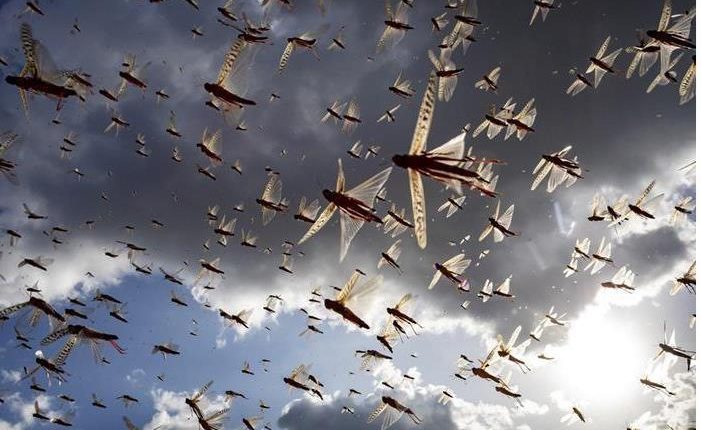SANAA, July 19 (YPA) – The Desert Locust Control and Control Center reported on Wednesday that the epidemiological situation of locust spread in the summer breeding areas in Yemen is still dangerous to agriculture in the valleys and bottoms.
A report issued by the Center affiliated with the General Department of Plant Protection at the Ministry of Agriculture in Sanaa stated that the availability of a suitable environment of green vegetation and light rain in separate areas with the presence of moisture are among the factors that help the emergence, reproduction and spread of locusts on a large scale in the absence of intervention with control in the area.
The report indicated that the field teams at the Locust Center are continuing survey and surveillance work to monitor the situation of locusts in many affected sites in Marib and Jawf, and to intervene with control in the event of discovering the emergence of locusts at any stage of growth.
The Director of Plant Protection at the Ministry of Agriculture, Eng. Ahmed Al-Kol, confirmed that the Desert Locust Center, despite its limited infrastructure and modest capabilities, is still continuing to carry out survey, surveillance and locust control work in most of the summer breeding areas.
He pointed out that these efforts and interventions have greatly contributed to the protection of large agricultural areas from the dangers of this pest, which causes the destruction of crops and green plants, and leaves economic losses in crops, plants, and livestock and bee pastures.
YPA


